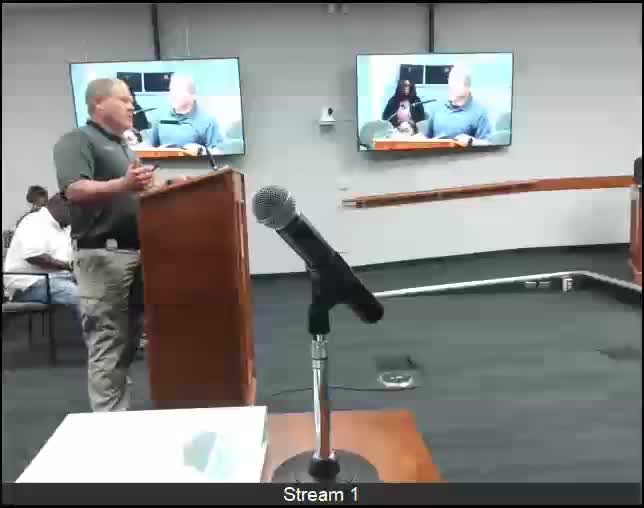Emergency services face crisis due to resource shortages
August 01, 2024 | Gadsden County, Florida

This article was created by AI summarizing key points discussed. AI makes mistakes, so for full details and context, please refer to the video of the full meeting. Please report any errors so we can fix them. Report an error »

During a recent government meeting, officials addressed the pressing issue of ambulance services in the region, highlighting a significant imbalance between service demand and available resources. The discussion revealed that a staggering 95% of ambulance calls are classified as non-emergent, yet many patients still require transport due to a lack of local medical facilities.
Officials emphasized the financial strain on the ambulance service, stating that the current model is unsustainable as they are not breaking even. The service is essentially providing transportation without adequate compensation, raising concerns about the long-term viability of emergency medical services in the area.
The conversation also touched on the distinction between emergent and non-emergent cases. Emergent situations, such as heart attacks or strokes, necessitate immediate transport with lights and sirens, while non-emergent cases may involve patients needing observation or diagnostic tests that are unavailable locally, such as ultrasounds. This lack of local medical resources forces many patients to be transported to hospitals in Tallahassee, further straining the ambulance service.
The meeting underscored the urgent need for changes to the current system to ensure that residents receive timely and effective medical care while addressing the financial challenges faced by emergency services.
Officials emphasized the financial strain on the ambulance service, stating that the current model is unsustainable as they are not breaking even. The service is essentially providing transportation without adequate compensation, raising concerns about the long-term viability of emergency medical services in the area.
The conversation also touched on the distinction between emergent and non-emergent cases. Emergent situations, such as heart attacks or strokes, necessitate immediate transport with lights and sirens, while non-emergent cases may involve patients needing observation or diagnostic tests that are unavailable locally, such as ultrasounds. This lack of local medical resources forces many patients to be transported to hospitals in Tallahassee, further straining the ambulance service.
The meeting underscored the urgent need for changes to the current system to ensure that residents receive timely and effective medical care while addressing the financial challenges faced by emergency services.
View full meeting
This article is based on a recent meeting—watch the full video and explore the complete transcript for deeper insights into the discussion.
View full meeting